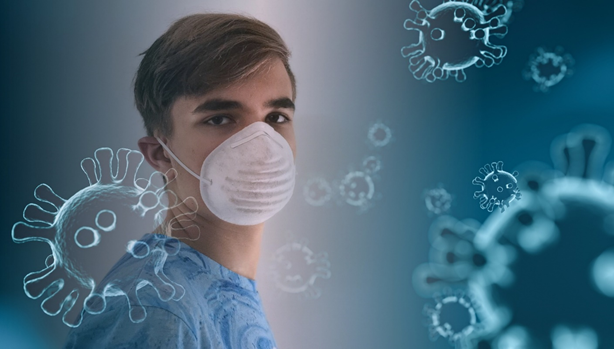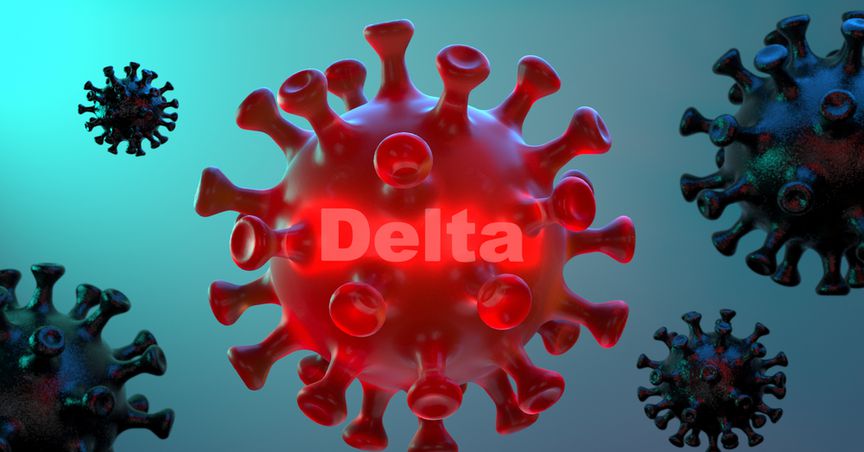Highlights
- From the US to Australia, countries are gripped by the new delta variant.
- An increased number of people are testing positive for the variant, and hospitalizations are up.
- The biggest concern is the rise of cases among children and teenagers, which according to the American Academy of Pediatrics can be attributed to the delta variant.
As more and more people get vaccinated against COVID-19, cities are hoping for a return to how things were before the pandemic — kids back in schools, and businesses open without restrictions.
Before we reach that stage, there are a few bumps. From the US to Australia, countries are gripped by the new delta variant. An increased number of people are testing positive for the variant, and hospitalizations are up.
Kids are catching the infectious disease
The biggest concern is the rise of cases among children and teenagers, which according to the American Academy of Pediatrics can be attributed to the delta variant. The professional association of pediatricians, based in Illinois, has termed the variant “hyper infectious.”
There’s a wide consensus among public health experts that the pandemic has had a profound effect on kids. It has affected the mental health of our children, besides exposing them to other developmental challenges. Another key aspect is that in every country, children below 12 are yet to become part of the vaccination drive.

Source: Pixabay
Back to school again
At the same time, experts believe that children should be back in schools. The study-from-home model has its own set of challenges. Kids, we all know, need a positive and engaging environment to grow up in. School culture cannot be replaced by children studying in isolation at home.
Moreover, learning is more than just knowledge of different subjects. Kids learn more about society, diversity within groups, acceptance, tolerance and compassion when they are physically a part of a large group. Schools are one of the best destinations to develop positive practices.
But, as mentioned, the delta variant is slowing the progress we made with regards to getting our kids back in school.
Also read: Why wellness programs are essential for medical students?
Precautions to limit infections
Things will improve and we will have kids learning in school premises. So, what are the necessary measures to ensure the health and wellbeing of our kids? It is undeniable that a new variant could crop up at any time. It is thus strongly recommended that precautions are not abandoned.
Kids must be politely told why they need to wear masks. We need to tell them it is for their own benefit and for the good of people they love, for example, their siblings, parents, grandparents and friends. The question is how to tell them? Forcing the issue will not help. We need to listen to the queries and dissent of the kids as well.
Resenting precautions doesn’t help
A report by the Federal Aviation Administration revealed thousands of unruly passengers in the US refused to wear masks and abide by guidelines when traveling. If adults can be so neglecting, kids may develop little enthusiasm about complying with the rules.
The point is, we need to protect kids from the rising threat of the new delta variant, or any other variant in the future. Health experts say chances are kids may not manifest symptoms of COVID-19 despite catching it. A majority of children may show no symptoms at all. Detection can become difficult. And, as the American Academy of Pediatrics has already warned, kids are vulnerable to the delta variant.
Bottomline
The best way to tackle this crisis would be talk to engage with the kids in an interesting and fruitful conversation to explain to them the need to follow guidelines. Prevention is the best available option today.






